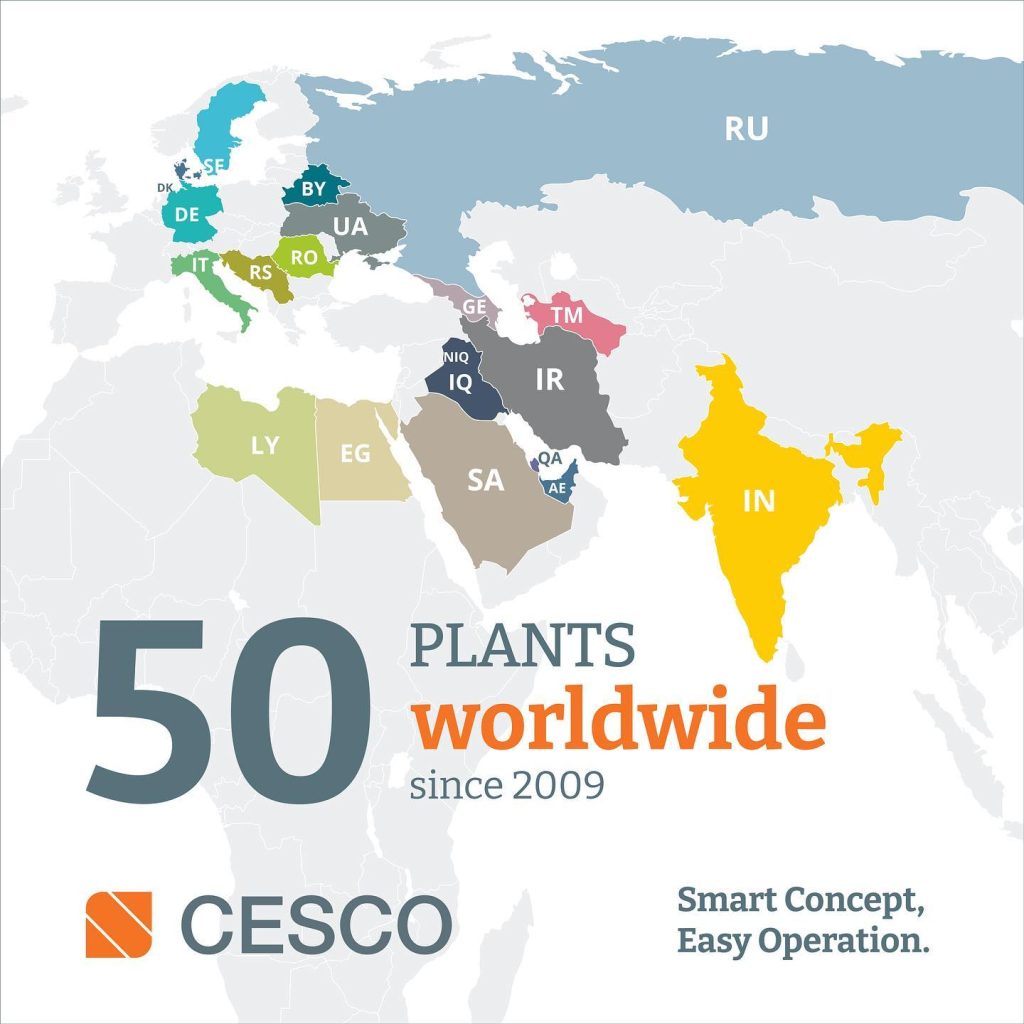
Lusaka 20 August 2025 – Agatha Nayame
Zambia’s 2025 agricultural season has made history. With a record-breaking maize harvest of over 3.7 million metric tonnes, the country stands at a strategic crossroads. Beyond ensuring national food security, the surplus maize opens the door to a new frontier: positioning Zambia as a one-stop animal feed market for the Southern African Development Community (SADC).
The Opportunity in Abundance
Historically, maize has been a staple crop in Zambia, primarily grown for human consumption however this year’s excess estimated at more than a million tonnes above national consumption needs, presents an economic and strategic opportunity. Animal feed, particularly maize-based feed, is in high demand across the SADC region, where livestock farming is growing but often constrained by high feed costs and inconsistent supply. Countries such as Botswana, Namibia, Angola, and even South Africa rely on imports to support their poultry, cattle, and aquaculture industries. Zambia could potentially fill this gap.
Why Animal Feed?

Globally, the animal feed industry is a multi-billion-dollar sector. In SADC, demand for quality feed is rising alongside increasing protein consumption, urbanization, and improved livestock genetics. Maize is the key carbohydrate source in animal feed, forming the base of most poultry and pig feeds.
By converting excess maize into commercial feed products, Zambia can:
- Stabilize maize prices locally and regionally
- Create thousands of jobs in processing, logistics, and agribusiness services
- Increase export earnings, while reducing regional dependency on distant markets
- Stimulate allied industries, including soybean production (for protein in feed), packaging, and veterinary services
What a SADC Feed Hub Could Look Like .
To position Zambia as a one-stop animal feed market, a deliberate, multi-pronged strategy is needed:

Processing Infrastructure.
Invest in modern feed mills in strategic locations such as Lusaka, Copper-belt, and Southern Province, with capacity to produce diversified feed types: poultry, dairy, piggery, and aquaculture, this can be actualized under PPP initiatives, a mid to long term investment under the LOBITO corridor.
Export-Friendly Policy Environment.
Streamline export procedures, reduce trade barriers within SADC, and negotiate bilateral agreements with feed-deficient countries. A “Feed Corridor Agreement” under LOBITO could prioritize Zambian feed in SADC livestock development programs.
Private Sector Incentives.
Provide tax incentives and low-interest loans for agro-processors, SMEs, and cooperatives investing in feed production and distribution networks.
R&D and Quality Assurance
Support partnerships between universities, research institutes, and the private sector to improve feed formulations, shelf life, and nutritional value. Certification and regional compliance are key for export viability.
Transport and Logistics
Enhance rail and road networks connecting Zambia to the Democratic Republic of Congo (DRC), Angola, Zimbabwe, and Namibia. Efficient transport will be critical for competitive pricing.
Soybean and Ingredient Diversification.
Promote soybean cultivation to ensure a steady supply of protein in feed. Other additives like sunflower cake, fish-meal, and vitamin premixes should be integrated into value chains.
Regional Impact.
If Zambia captures even 20% of the SADC animal feed import market, it could generate hundreds of millions of dollars in annual revenue. More importantly, it would establish the country as a reliable ago-industrial partner in the region, complementing its copper exports with high-value agri-products.
The Way Forward.
Zambia’s maize bumper harvest is more than a national achievement it’s a strategic asset. By converting this surplus into a value-added industry, the country can pivot from raw commodity exporter to regional agri-powerhouse.
Building a SADC animal feed hub is not just feasible—it’s imperative. With visionary leadership, private sector engagement, and regional cooperation, Zambia can transform its maize bounty into long-term economic resilience.
Lusaka 21 August 2025 – Agatha Nayame

